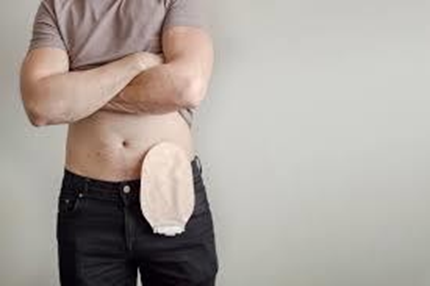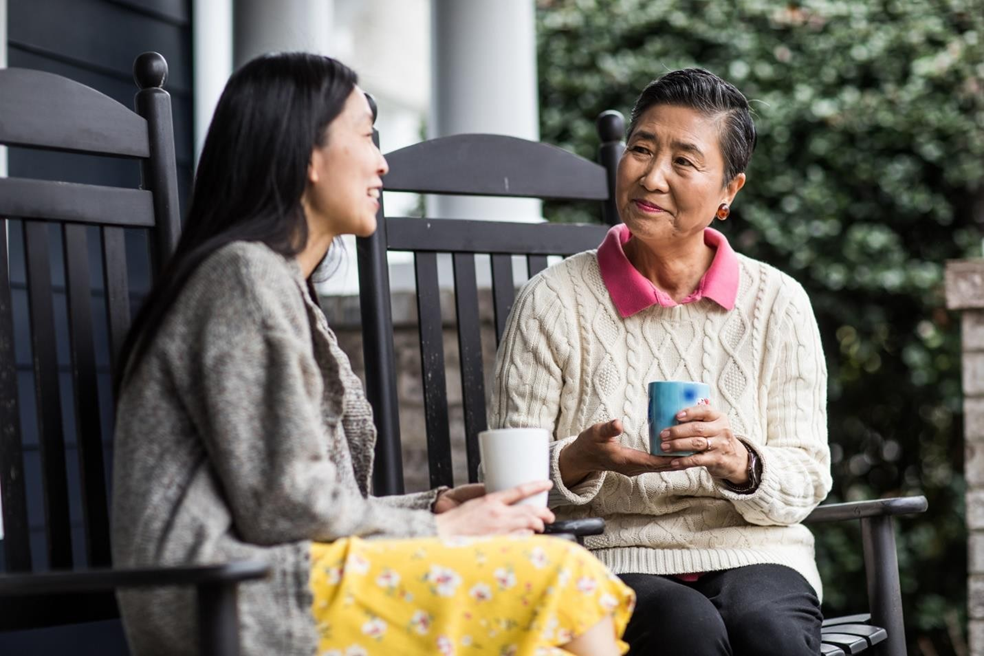A nurse is caring for a client who has a colostomy. Which of the following actions should the nurse take?
Rub the peristomal skin dry after cleaning.
Change the pouch once every 24 hr.
Ensure the pouch is 0.32 cm (1/8 in) larger than the stoma.
Apply the pouch while the skin barrier is still damp.
The Correct Answer is C
A. Rather than rubbing dry, patting the peristomal skin dry after cleaning is recommended.
B. The frequency of changing the pouch depends on various factors, not a fixed 24-hour schedule.
C. Ensuring the pouch is slightly larger than the stoma prevents irritation and damage.
D. Applying the pouch when the skin barrier is dry ensures better adhesion.

Nursing Test Bank
Naxlex Comprehensive Predictor Exams
Related Questions
Correct Answer is B
Explanation
A. An intravenous pyelogram is a diagnostic test that uses an injection of contrast material to evaluate the kidneys, ureters, and bladder. A bowel cleansing is not necessary.
B. This is important in ensuring that the metal objects do not interfere with the images.
C. Administering oral contrast might be used in other imaging procedures, but for an IVP, the contrast is typically injected, not given orally.
D. Monitoring for pain in the suprapubic region could be an important assessment after the procedure, but it's not a preparatory action.
Correct Answer is C
Explanation
A. Expressing a desire for independence indicates the client may not have fully adapted to relying on others yet.
B. Reluctance to ask for help suggests the client is still adjusting and may not have fully embraced the new living arrangement.
C. Expressing enjoyment or appreciation for others cooking for them indicates acceptance of assistance and adaptation to the new living situation.
D. Expressing uncertainty about daily activities suggests a lack of adjustment to the new environment and situation.

Whether you are a student looking to ace your exams or a practicing nurse seeking to enhance your expertise , our nursing education contents will empower you with the confidence and competence to make a difference in the lives of patients and become a respected leader in the healthcare field.
Visit Naxlex, invest in your future and unlock endless possibilities with our unparalleled nursing education contents today
Report Wrong Answer on the Current Question
Do you disagree with the answer? If yes, what is your expected answer? Explain.
Kindly be descriptive with the issue you are facing.
